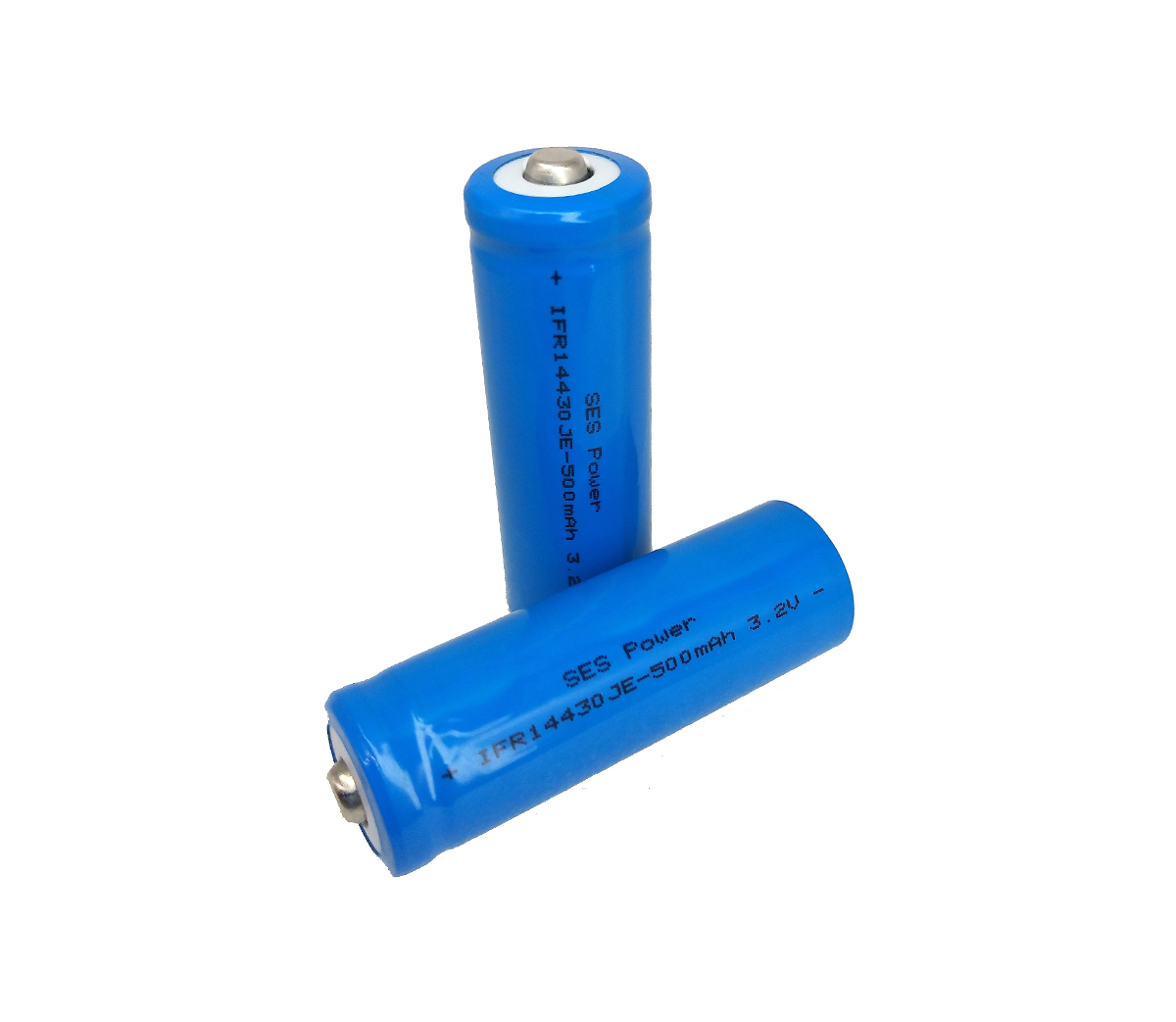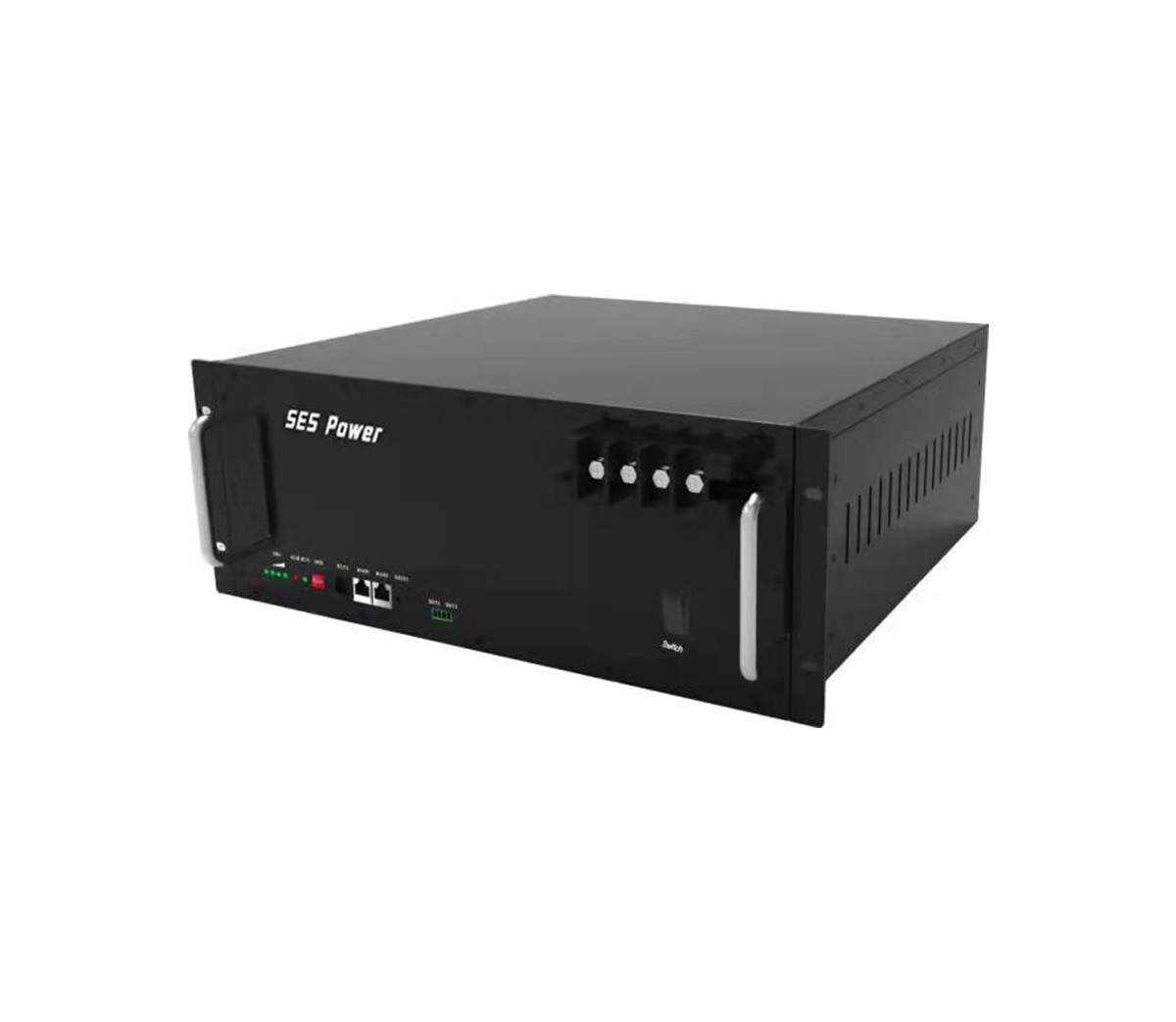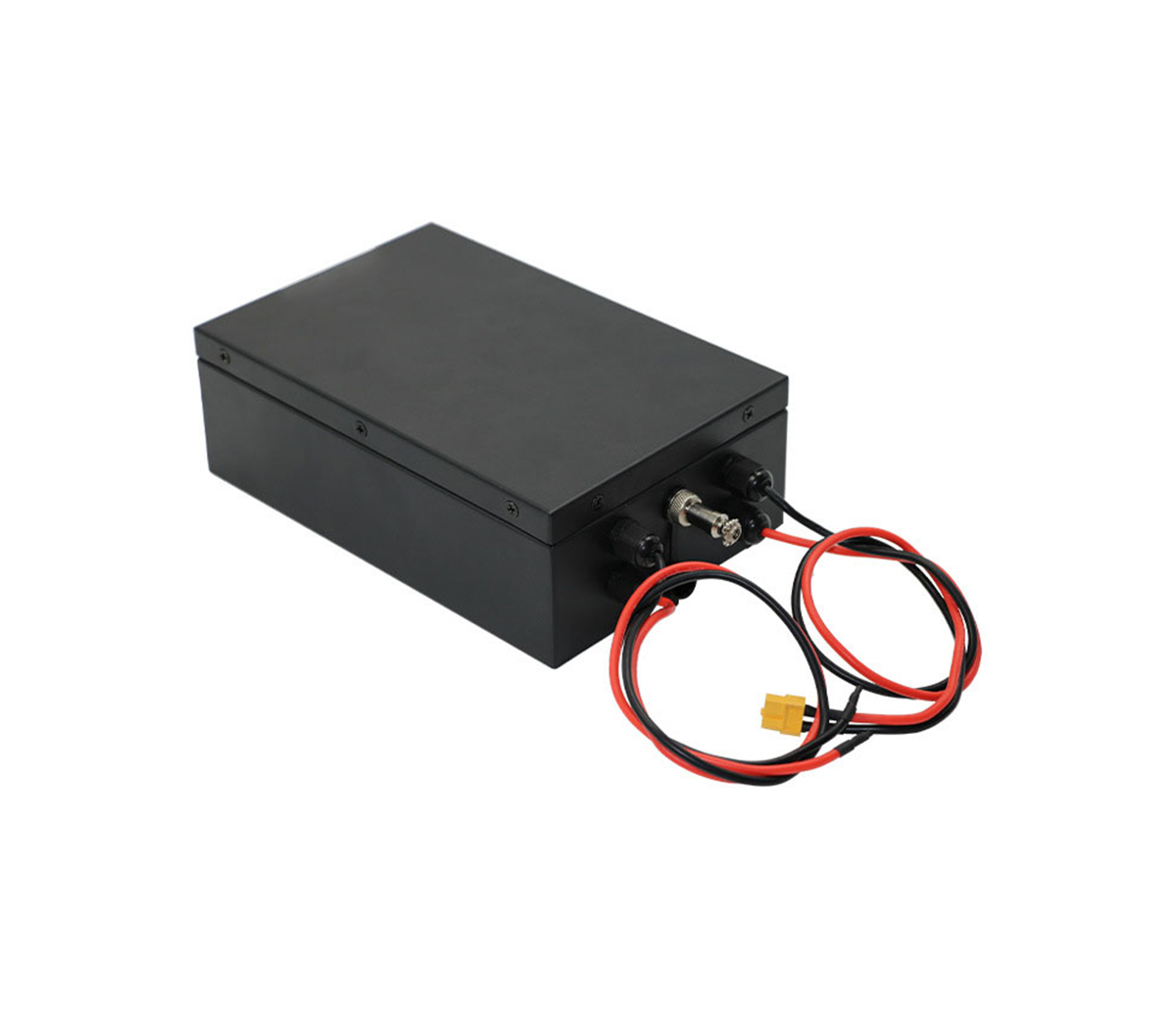
The prerequisite for solving a series of issues and making EVs fully
popular is to achieve high-performance batteries that surpass existing
lithium-ion batteries. At present, various countries, research institutions and
enterprises are promoting related research and development, and practical
application is highly anticipated.
Vehicle-mounted secondary battery-related technologies have become popular.
The background is that countries all over the world are strengthening carbon
dioxide emission regulations. For example, the ZEV (Zero Emission Vehicle) Act
in California, the Carbon Dioxide Act in Europe, and China's environmental
regulations will all be stricter in the future.
As an effective measure to respond to emission regulations, large
automakers have high expectations for hybrid electric vehicles (HEV) and pure
electric vehicles (EV), and various companies are desperately advancing their
development. Large automakers that have not been active in the past will not be
able to avoid this problem in the future. Not only that, if this series of
environmental laws are not dealt with in a timely manner, it may even be related
to the survival of the company.
For example, before the US ZEV Act, the target automakers were General
Motors (GM), Ford Motor, and Chrysler (now Fiat Chrysler Automobiles) in the US,
as well as Toyota, Honda, and Nissan in Japan. But starting in 2018, Volkswagen,
BMW, Daimler, Mazda, and Hyundai Group will also become applicable objects. The
target companies that will be added later will naturally accelerate the
development of electric vehicles in the future.
Various electric vehicles
Electric vehicles can be divided into several categories according to the
technology adopted. Everyone should be familiar with HEV (plug-in hybrid
electric vehicle) and EV (pure electric vehicle). More than 15 years have passed
since Toyota launched the Prius in 1997, and it has now entered a period of
popularization. Toyota is definitely the leader in this field, and Honda is also
quite competitive. Among American manufacturers, Ford is vigorously advancing
the development of HEV, but it is still far away from Japanese manufacturers.
The market penetration rate of HEV is also very high in electric vehicles, and
European manufacturers will also actively develop HEV in the future.
Let’s review the market trends of EVs. EVs had a low market evaluation
before 2012. Nissan’s LEAF (Leaf) and Mitsubishi’s i-MiEV have been struggling
to support them. The reason is that it cannot solve the problems of short
battery life, long charging time, and high price.
After 2013, this situation has gradually changed. Especially in the United
States, the economic benefits of Nissan LEAF have been well received, and market
awareness has gradually increased. Since the end of 2013, LEAF has been selling
1,000 vehicles per month in the United States. The support provided by power
companies such as Georgia Power, headquartered in Atlanta, United States, to
improve the charging infrastructure, seems to have played a role.
The company with even better performance is Tesla Motors, a venture company
in the Silicon Valley of the United States. The company’s official EVModelS has
an official endurance distance of more than twice that of the Japanese
manufacturer’s 483km. The car uses the body design of a sports car, which can
provide consumers with the value of sitting once and wanting to sit again. The
car has achieved rapid growth, with current sales of 200 vehicles per week and
sales of approximately 120 million yuan.
Readers may not be familiar with it. In the United States, the
popularization of plug-in hybrid electric vehicles (PHEVs) that can be charged
at home is GM's Volt. The cumulative sales of Volt have reached 66,000, and the
total driving distance of all car owners has exceeded. 600 million miles (about
960 million kilometers). Approximately 23,000 units of the car were sold in 2013
alone, and further growth is expected in 2014.
In addition, Japanese manufacturers plan to launch fuel cell vehicles (FCV)
in 2015. Honda has been studying the fuel cell as the core of this technology
since 1986, and finally saw the hope of mass production after 29 years.
The conditions for EV popularization do not lie in infrastructure
construction
Electric vehicle technology has advantages and disadvantages. The emergence
of electric vehicles is not only an opportunity for related industries, but also
a risk. The intentions of the countries that implement relevant laws and
regulations and the strategies of enterprises will be paid attention to. Let's
analyze the zero-emission vehicles EV and FCV that do not require fossil fuels
such as gasoline.
EV is one of the candidates for the ultimate eco-car, but its position is
not stable. This is because the performance (travel distance and charging time)
of EVs is very low compared to gasoline vehicles.
The condition for solving a series of issues and making EVs universal is to
achieve high-performance batteries that surpass existing lithium-ion batteries.
At present, various countries, research institutions and enterprises are
promoting related research and development, and practical application is highly
anticipated.
Among them, there is a new type of lithium-air battery called a
post-lithium-ion battery. The lithium-air battery utilizes the chemical reaction
between metallic lithium and oxygen in the air, and the theoretical value of
energy obtained exceeds that of current lithium-ion batteries.
We often see reports about the discovery of technologies that can extend
the range of EVs to 500km based on the data of positive and negative materials
developed by universities and material manufacturers. This can only be said to
be a mystery. Because the electrode alone cannot determine the endurance
distance, only a battery system that can be installed and used on an EV has
discussion value. On the other hand, exaggeration should be used with caution
when reporting.
Japanese universities and companies often publish such news. Every time
they encounter such news, investment companies and investigative agencies will
seek advice from the author. The author's answer is generally to observe it
calmly and objectively. There is no rationale and logical support, and there is
too little information to make a conclusion.
Of course, Japan has an overwhelmingly strong competitiveness in
cutting-edge research and technological development in the field of materials.
Therefore, new breakthroughs are indeed very likely to appear in Japan.
In fact, in the cutting-edge research of secondary batteries, the influence
of manufacturers in other countries is not high. For example, the Korean
national project WPM (World Premium Materials), where Samsung SDI is in charge
of the company, has been promoting the development of related materials in the
name of the country since 2008. However, in the field of materials, results can
only be achieved by relying on basic research. It seems that South Korea, which
is weaker in basic research than Japan, is less likely to develop shocking new
materials.



































